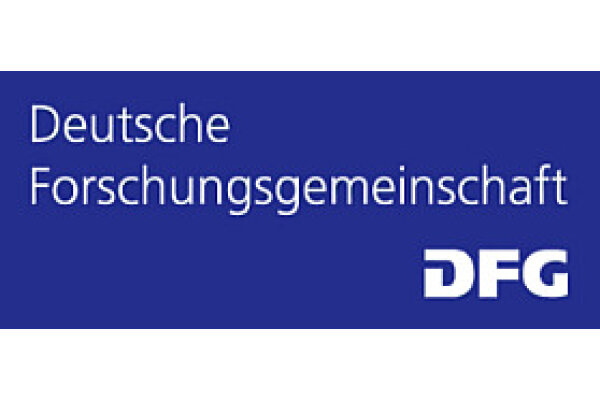2012-03-22

It is widely held that spike responses of single neurons to sensory stimuli are noisy and uninformative. Accordingly, random fluctuations of individual neurons’ activity patterns are considered unimportant because downstream brain areas must perform some sort of averaging across large neuronal populations to obtain accurate information about sensory input variables. Contrary to this notion, recent studies have shown that electrical activation of single cortical neurons can indeed have behavioral relevance. For example, single-neuron stimulation in rat primary motor cortex generates movements of the facial whiskers. Moreover, stimulation of single neurons in somatosensory cortex yields a behavioral response in rats trained on a psychophysical detection task. These studies suggest that the influence of an individual cortical neuron on the local neural network is stronger than commonly thought. However, the mechanism by which the activity of a single neuron is amplified and propagated through the local neural network to eventually generate a behavioral response is unknown. The aim of the newly approved six-month research project is to begin to elucidate some of the mechanisms which underlie the phenomenon of single-cell induced behavioral responses. Together with Arthur Houweling at the University of Rotterdam, Maik will employ the juxtacellular stimulation technique to activate single neurons in the superficial layers of barrel cortex of anesthetized mice in a controlled manner while monitoring the activity of the local neural network.

It is widely held that spike responses of single neurons to sensory stimuli are noisy and uninformative. Accordingly, random fluctuations of individual neurons’ activity patterns are considered unimportant because downstream brain areas must perform some sort of averaging across large neuronal populations to obtain accurate information about sensory input variables. Contrary to this notion, recent studies have shown that electrical activation of single cortical neurons can indeed have behavioral relevance. For example, single-neuron stimulation in rat primary motor cortex generates movements of the facial whiskers. Moreover, stimulation of single neurons in somatosensory cortex yields a behavioral response in rats trained on a psychophysical detection task. These studies suggest that the influence of an individual cortical neuron on the local neural network is stronger than commonly thought. However, the mechanism by which the activity of a single neuron is amplified and propagated through the local neural network to eventually generate a behavioral response is unknown. The aim of the newly approved six-month research project is to begin to elucidate some of the mechanisms which underlie the phenomenon of single-cell induced behavioral responses. Together with Arthur Houweling at the University of Rotterdam, Maik will employ the juxtacellular stimulation technique to activate single neurons in the superficial layers of barrel cortex of anesthetized mice in a controlled manner while monitoring the activity of the local neural network.